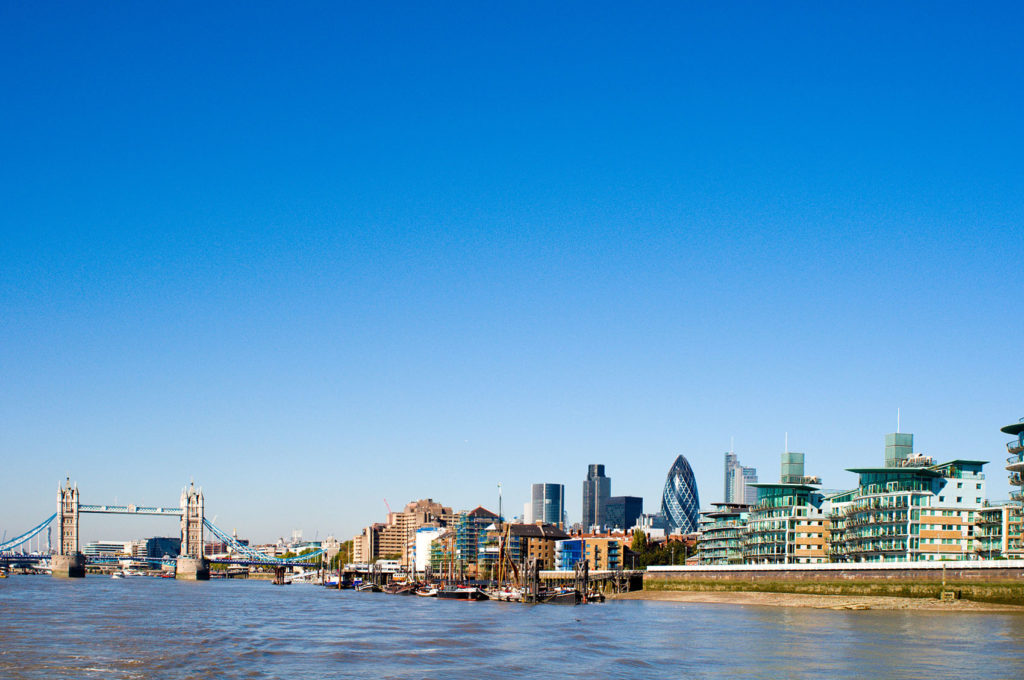Key points:
- Some sectors are seeing surging advertised wages
- But strong pay growth still appears limited to a few categories where hiring bottlenecks are most severe
- Wage growth more broadly looks unremarkable
Advertised pay in job postings on Indeed is rising fast in sectors where surging demand for new workers has outpaced supply. In rebounding sectors like food, distribution, construction and manufacturing, employers have been hiring at pace for months. However, the supply of jobseekers in those sectors has not kept up, leading to reports of labour shortages.
The result has been hefty increases in advertised pay for certain categories, adjusting for shifts in the mix of job titles within each occupation and the location of jobs over time. But across the economy more broadly, advertised pay has been rising at a much more modest pace.
Driving (+8.8%) is the occupation with highest pay growth since the start of 2021. Interestingly, jobseeker interest in driving roles has been recovering (as measured by clicks per posting relative to the average job on Indeed). That may be related to some combination of intense recent media attention on driving shortages and jobseeker awareness of higher wages and generous signing bonuses for many of these roles. Consequently, clicks per posting for driving roles are now only 7% down on their January level.
The other categories that have seen fast pay growth this year have generally experienced falling jobseeker interest, meaning employers hiring for these jobs are likely to face greater difficulties attracting candidates.
Construction has seen the second-highest rise in wages (+8.0%), alongside an 11% decline in relative clicks per posting. Manufacturing (+6.0%), loading & stocking (+5.6%) and food preparation & service (+4.6%) have also seen advertised wages rise amid falling jobseeker interest.
One category where that is not the case is nursing, where wages have increased 5.6% despite a 45% increase in relative clicks per posting. This could reflect, in part, recently approved pay increases in the NHS. But nursing has long been one of the toughest roles for employers to fill, so any recent increase in jobseeker interest is unlikely to have materially changed the ease of hiring amid acute shortages of qualified nurses.
Within the driving category, advertised pay rates have risen most for HGV drivers. HGV driver job postings containing annual salaries are up 17% since January, while those mentioning hourly wage rates are up 15%. That said, the most recent data suggests pay pressures for HGV drivers may have peaked in September, with October showing a slight easing.
HGV drivers are a special case, reflecting an ageing workforce and qualification requirements (in addition to the fast economic recovery and a Brexit-related drop in foreign candidates).
In contrast, pay for the average job title is up by an unremarkable 1.9% since January (2.3% annualised), adjusted for compositional changes. In the lowest-paid occupations, such as cleaning, customer service, retail and sales, advertised hourly pay rates are merely tracking the National Living Wage (though the 6.6% increase announced for next year is good news for these workers).
The data on advertised wages suggest some employers are raising advertised pay to attract candidates. However, upward pressure on wages advertised in job postings appears limited to a few sectors where hiring bottlenecks are most severe. The labour market is still some way from a full recovery and this may be dampening wage growth in many sectors of the economy.
Methodology
We used data on UK job postings and jobseeker clicks on Indeed from 1 January 2021 to 22 October 2021. Clicks per posting are expressed relative to the average job.
Wage and salary data are extracted from job postings. Wage growth figures were calculated using regression analysis that accounted for shifts in the mix of job titles and job locations within each sectoral category over time. Further details here.






